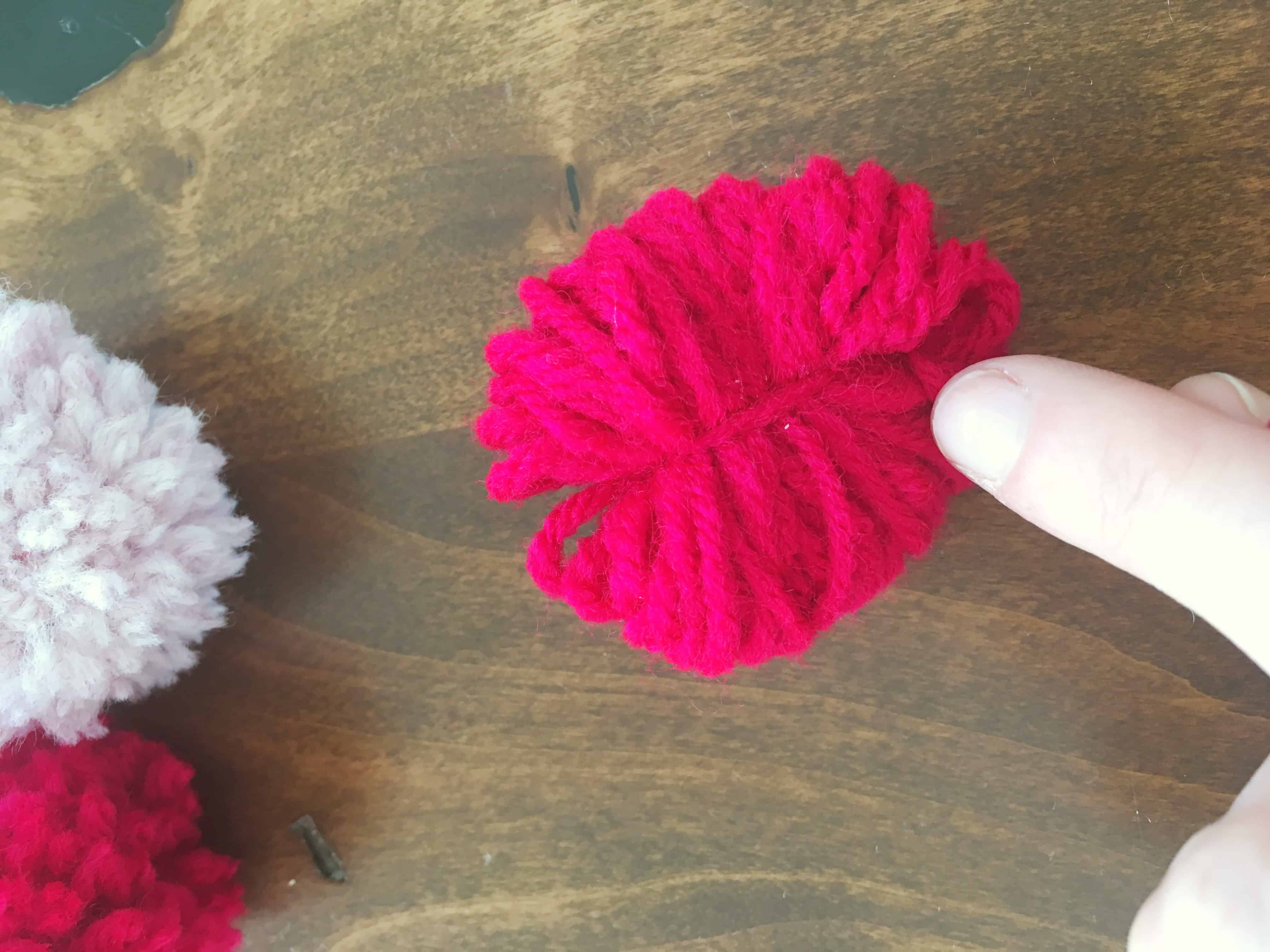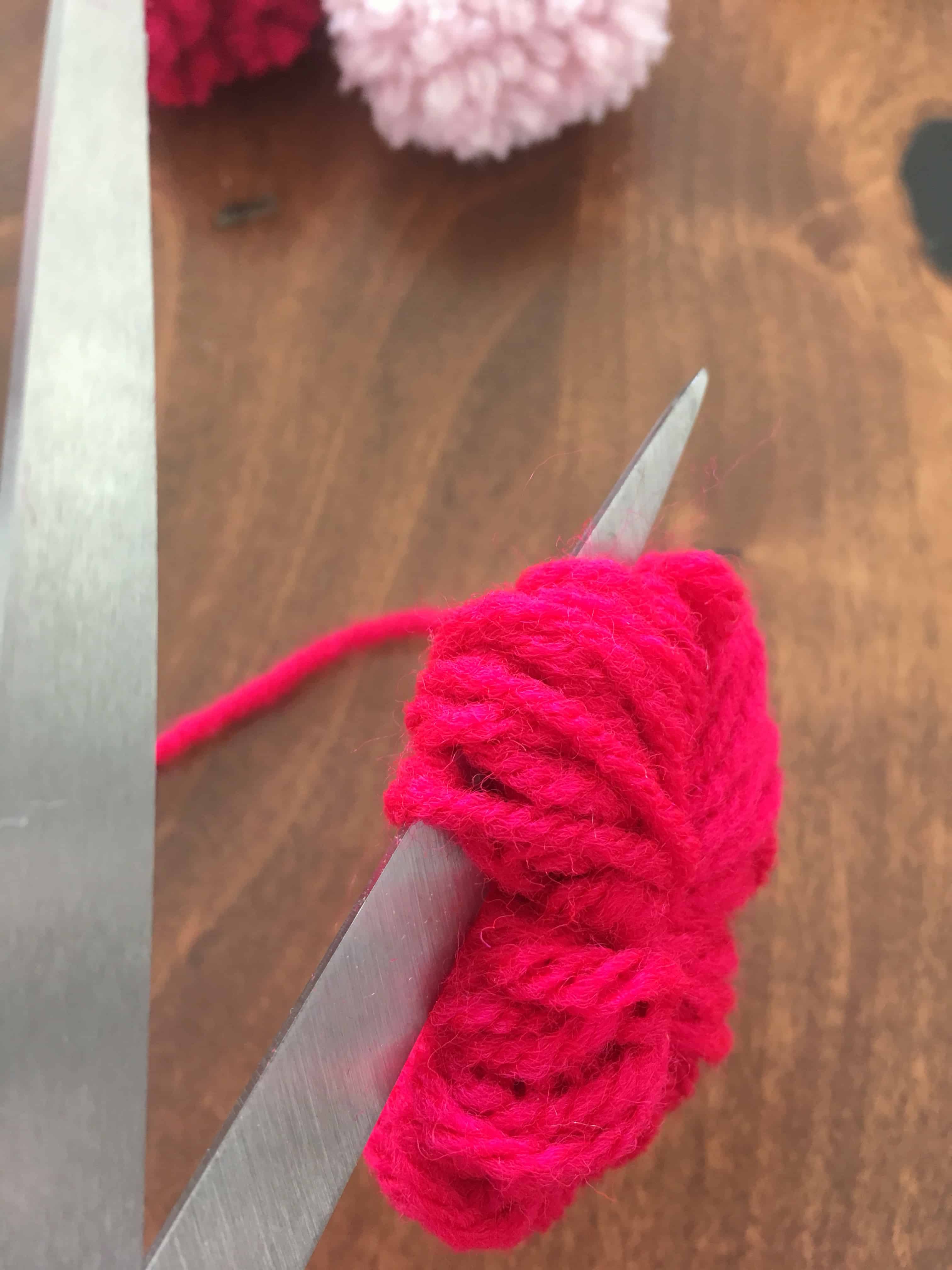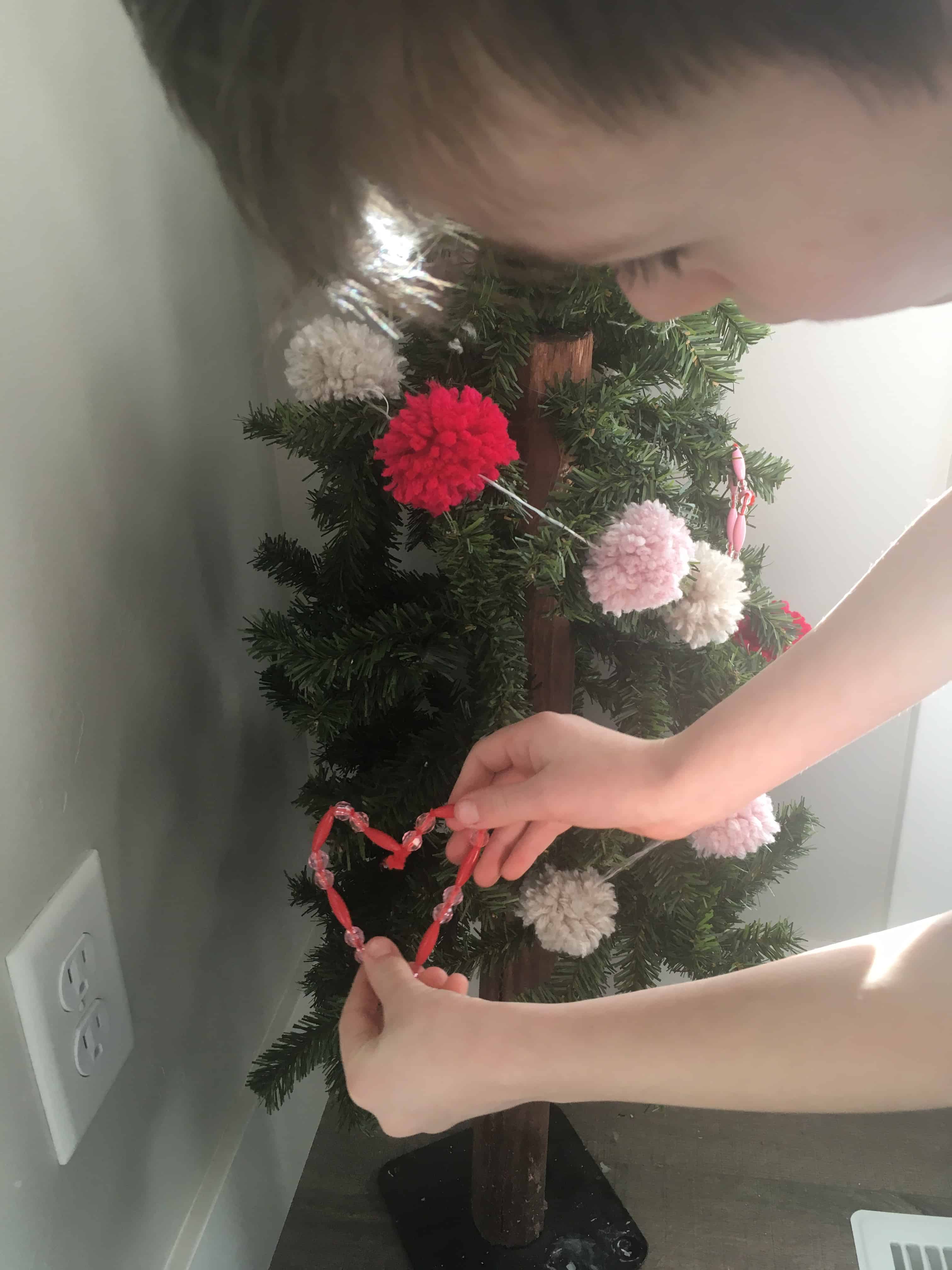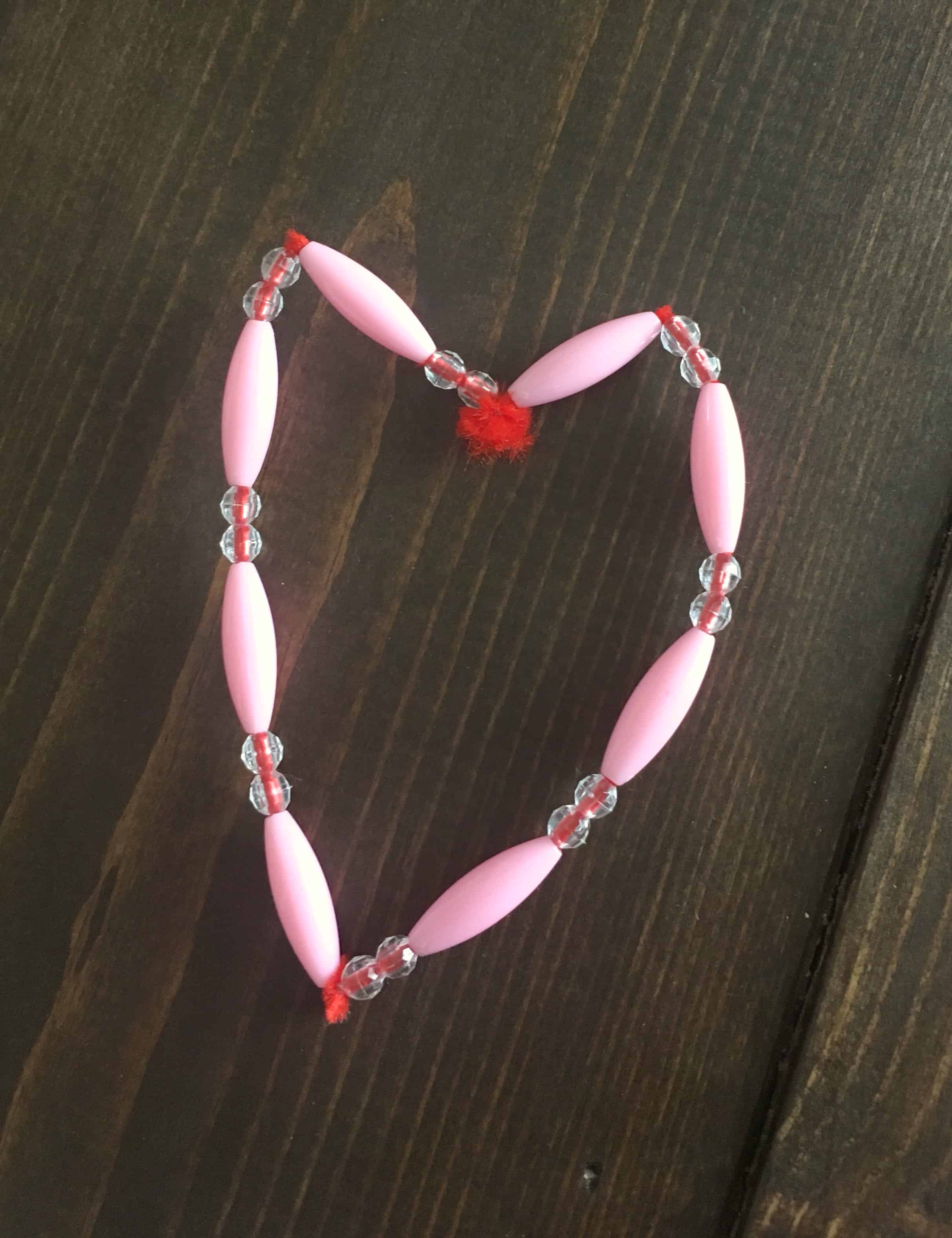Best gifts for Father’s Day under $25.
Father’s Day is right around the corner. I love any day when I get to celebrate the amazing men in my life, and all that they do for me. Fortunately, showing someone that you love them doesn’t have to cost a lot of money (shocker, right?!! 😉 )! Here are 25 cheap Father’s Day Gift Ideas he is sure to love! Everything is less than $25!

Techy Father’s Day Gifts
Are you shopping for a dad who enjoys a lot of screen time? Try one of these affordable gift ideas!
1. Apple Watch Stand
This highly rated Apple Watch Stand is a great gift for the Apple user. It has a spot to hold both your phone and Apple watch while being charged and has a few different colors to choose from, there is something for everyone!
2. Remote Holder
Is your dad constantly losing the remote??? How about gifting him a remote holder for Father’s Day. This remote holder is a great option and can be mounted to the wall with removeable adhesive, no tools necessary!
3. Wireless Charging Pad
A great gift idea is a wireless charging pad. I loved this one from Amazon. It’s thin, attractive, has a lot of good reviews and comes in many different colors! Basically perfect all around!
Father’s Day Gifts For Someone Who Loves To Be Outdoors
My husband loves to be in the great outdoors, so I am always shopping for affordable outdoor gear. Here are a few of our favorites.
4. Personalized Pocket Knife
I love personalized gifts and this personalized pocket knife is the perfect gift for fathers day. You can request to get his name engraved on the knife, or leave a sweet message. This pocket knife also comes with a rope cutter, can opener, and glass breaker.
5. Camp Chair
It’s always nice to receive a new camp chair, especially if you spend a lot of time doing outdoor activities. Check out this camp chair which is less than $25!
6. Stadium Seat
A stadium seat is the perfect gift for a dad who spends a lot of times attending sporting events. I found a portable stadium seat for a really good price here!
Father’s Day Gifts For Someone Who Loves To Cook And Eat
I love all of these fun gift ideas for the dad who enjoys food and cooking!
7. Grilling Set
Are you shopping for someone who loves to grill? How about gifting them a new grilling accesories set? This is a great option, it’s under $20 and includes multiple accessories and an apron!
8. Grilling Apron
Help your dad feel special while he’s in the kitchen with a fun apron like this one. It’s the perfect gift for the man that loves to cook!
9. Hot Sauce Set
You might want to gift your father this global edition hot sauce set. It’s such a fun way to help them try new hot sauce flavors! This set comes with 5 different flavors, each from a different region around the world.
10. Knife Sharpener
A knife sharpener is another great Father’s Day gift idea. It’s always helpful to have a few of these around to keep your kitchen knives sharp. Here is a great knife sharpener from Amazon, it has great reviews and the price is right!
11. LED Grill Light
Does your dad love to grill? Consider gifting him an LED Grill Light. This is such a fun accessory and can be used in multiple ways for many different projects.
12. Beef Jerky
You can’t go wrong with gifting Beef Jerky as a father’s day gift! Try to find a brand or flavor that is unique, so that he can try something new! This Cattlemens Beef Jerky looks and sounds delicious!
Father’s Day Gifts For Someone Who Loves Tools
Perhaps the dad you are shopping for this year spends a lot of time using tools. Check out one of these ideas for him!
13. Digital Tape Measure
This digital tape measure would be a great addition for any dad’s toolbox. Measuring can be a lot easier and quicker with a digital tape measure and this one will measure up to 165 feet and has multiple accessories. Yay!
14. Tool Roll
If you are shopping for someone who has a lot of tools or enjoys being the handy man, this tool roll is a great gift idea! It includes 19 storage slots for different tools and accessories. Plus, it’s less than $25!

Father’s Day Grooming Gifts
We all need to groom, right? Right! Help your dad feel special this year with these affordable grooming gifts.
15. Grooming Kit
Another great cheap Father’s Day gift option is a Grooming Kit. This 5 in 1 grooming kit includes a hair clipper, hair trimmer, nose trimmer, shaver and precision trimmer. It’s the perfect all in one set up for any man.
16. Beard Kit
Does your father sport a beard? He might like this beard kit! It comes with shampoo, oil, conditioner, brush, comb, scissors and more. A great all in one set for the man in your life!
17. Man Soap
Even men like fancy soap! Get your man a nice bar of Big Al’s Pine Tar Soap. We love this Forest Scent.
18. Toiletry Bag
Everyone deserves a new toiletry bag every now and then! Your father might love this mens toiletry bag. It’s the perfect gift, especially for someone who travels often.
Father’s Day Gift Ideas For The Best Dad Ever
I know that your dad is the best ever (so is mine 😉 ). Why not let HIM know just how amazing he is with one of these fun dad gifts!
19. Best Dad Shirt
What better way to help your dad feel amazing this Father’s Day then with a Best Dad shirt. I found this cute one on Amazon, along with many others!
20. Dad Mug
There is nothing better than being reminded of how amazing you are each morning with your coffee mug! Check out this cute Best Dad Ever mug. He will love this daily declaration of love!
21. What I Love About Dad Book
Dads deserve a little extra attention and love for all of the hard work they do for us. This What I Love About Dad Book gives 100 different prompts for you till fill in about why you love your Father. It would make such a sweet keepsake for a child to give to their father.
22. Father’s Day Picture Frame
Gift your dad a special keepsake picture and frame. It’s the perfect gift for them to keep on their desk and remember how much you appreciate them. Make sure to include a picture of the two of you together!
Father’s Day Accessory Gifts
Here are a few fun accessories to gift your dad this Father’s Day.
23. Leather Journal
Shopping for someone who loves to write or sketch? Why not buy them a beautiful leather journal? I love this vintage handmade leather journal, it has great reviews and an affordable price.
24. Baseball Cap
My husband can never have enough baseball caps, he calls it “his thing.” If you are shopping for someone similar, consider gifting them a new baseball cap like the one here.
25. Leather Money Clip
How about gifting dad a new leather money clip? Here is a great and affordable option he might love!
In Conclusion
I hope you enjoyed these Father’s Day gift ideas. But, remember as a parent, I know that all I want on these special days is a little bit of time spent with my loved ones. It truly doesn’t matter how much you spend on a gift for Father’s Day, all that matters is that you take the time to show him how much you care.
Related Articles:
10 Valentines gifts for him under $10!













































































































